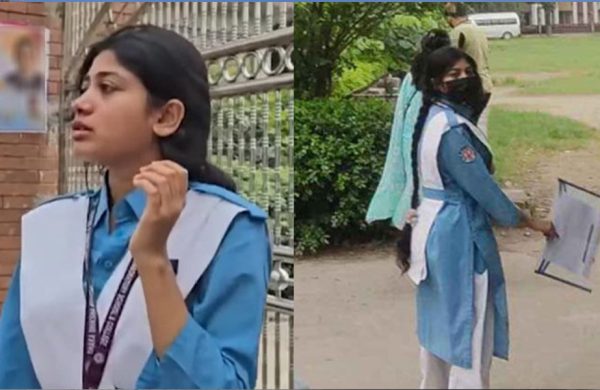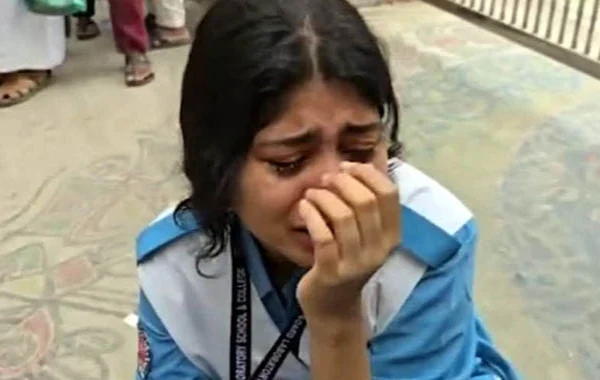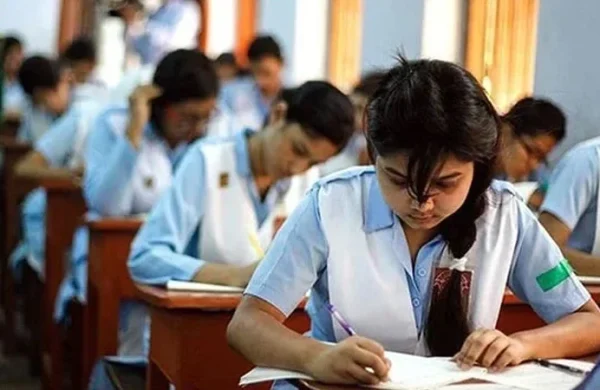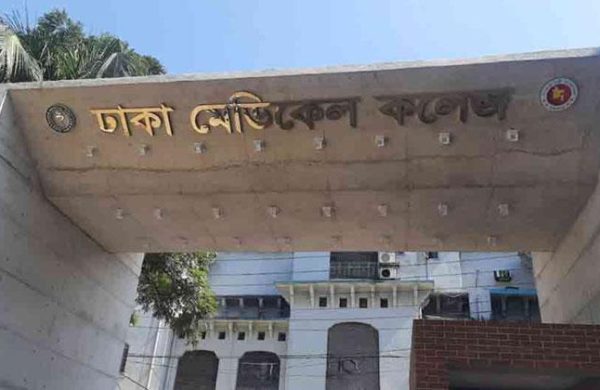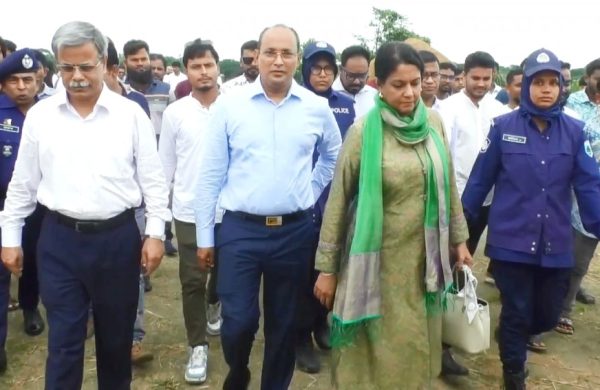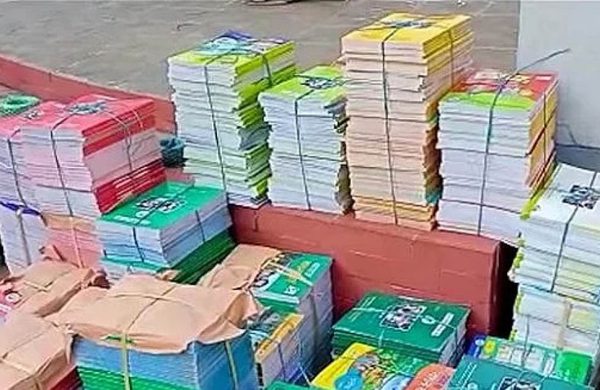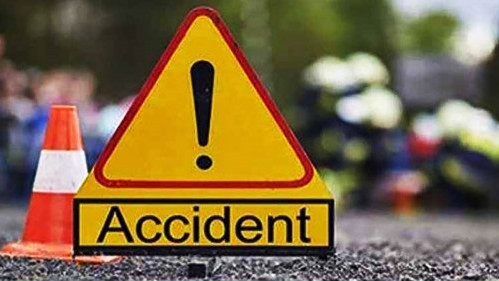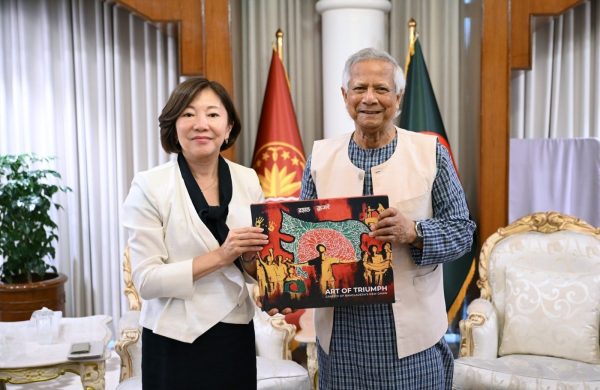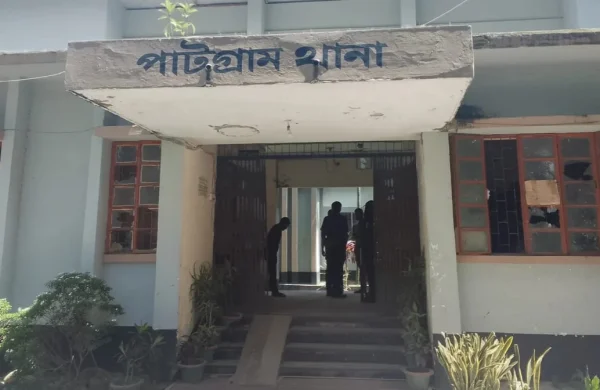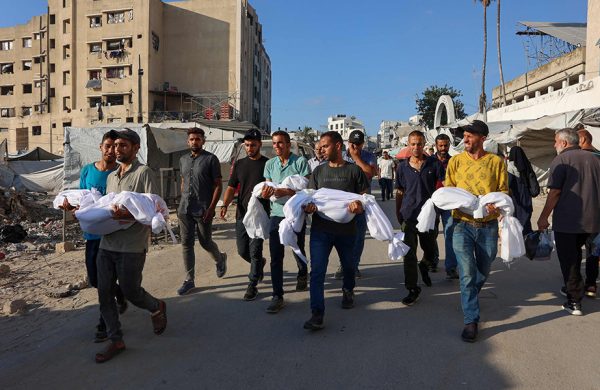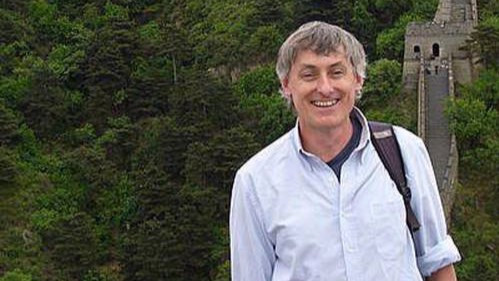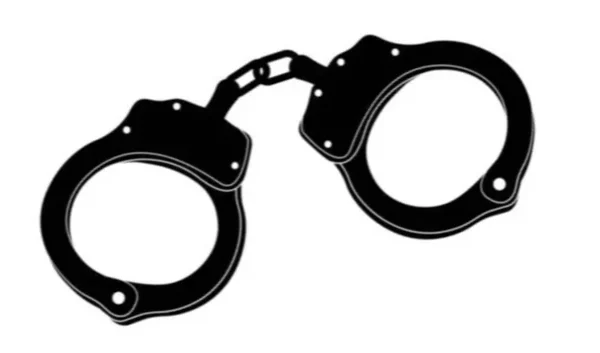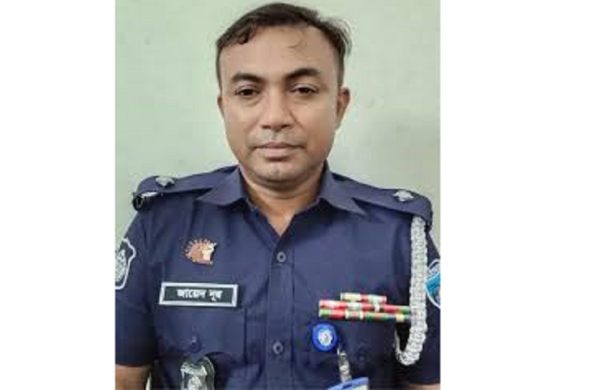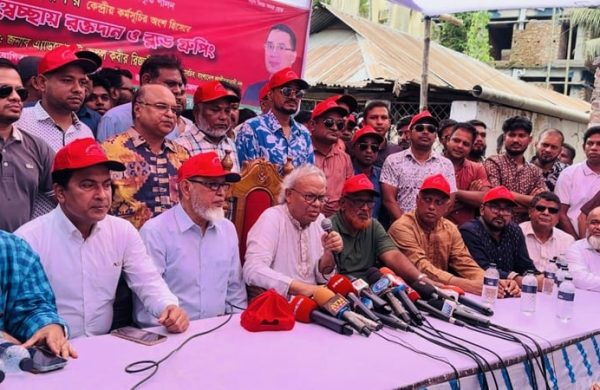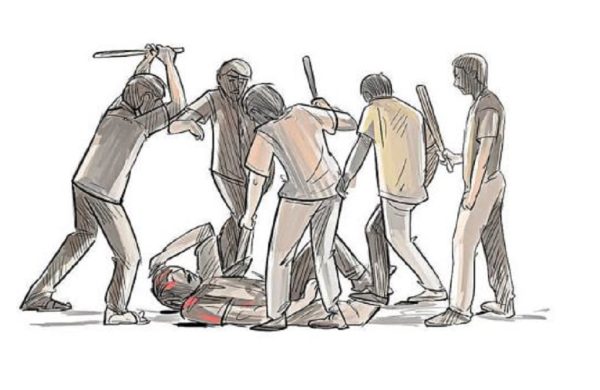What NCTB says about July revolution textbook errors
- Update Time : Monday, January 13, 2025
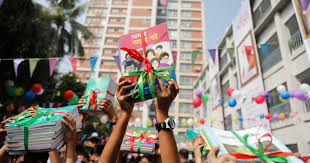
TDS Desk:
This year, the new textbooks for primary and secondary levels have introduced the topic of the July uprising in diverse ways. The subject of the mass-uprising has been presented through stories, poems, anthologies, pictures, and graffiti.
However, as in previous years, there are allegations of serious textbook errors.
Two new textbooks for classes nine and ten, printed by the National Curriculum and Textbook Board (NCTB), feature two different dates for the killing of Abu Sayed, a student from Rangpur’s Begum Rokeya University, during the July mass uprising.
Additionally, the books provide incomplete information about another victim, Mir Mahfuzur Rahman Mughdo. One book states that Mughdo was killed while distributing water, but it lacks details regarding the location and circumstances of his death.
When asked about the errors, NCTB Chairman Professor Dr AKM Riazul Hasan said: “We have already taken steps to correct the mistakes. The books have been corrected online, and those that have not yet been printed have also been amended. Additionally, corrections are being sent to schools for the batches that have already been printed.”
A chapter titled “Graffiti” has been added to the 2025 “English for Monday” book for classes 9 and 10. This chapter includes texts about Abu Sayed, stating that he was killed in police firing on July 17. However, the accurate information is that he was killed on July 17.
A new chapter titled “We will not forget you” has been added to the fifth-grade book, My Bangla Book. This chapter does not mention the circumstances of Mir Mahfuzur Rahman Mughdo’s death.
It does note that people from all over the country took to the streets, creating a massive uprising. It mentions that Mir Mughdo, a student from Uttara, Dhaka, was killed while distributing water to protesters.
The chapter continues to state that countless lives, including those of Nafiz, Nafisa, and Anas, were lost. It also highlights “the tragic deaths of children in their mothers’ laps, children playing with their fathers, rickshaw pullers, workers, farmers, street vendors, employees, mothers, and pedestrians—no one was spared. Thousands of people were killed across the country, and innumerable others were injured. They all shed their blood for a Bangladesh without discrimination, and they were martyred for a country where everyone would have equal rights and live together harmoniously.”
According to the government’s statement, Mugdho was shot and killed, meaning he died from bullet injuries. However, the chapter omits this crucial detail and merely states that he died while distributing water, which provides an incomplete account of the circumstances surrounding his death.
On the other hand, the statement that “countless lives including Nafiz, Nafisa, Anas were killed” is also incomplete or misleading.
According to official estimates, the final list of the first phase of the 2024 uprising includes 826 deaths and 11,306 injuries.
Although the list is still being prepared, officials have stated that the number of deaths is not countless; it can indeed be quantified.
Therefore, using the term “countless” in the textbook is incorrect.


